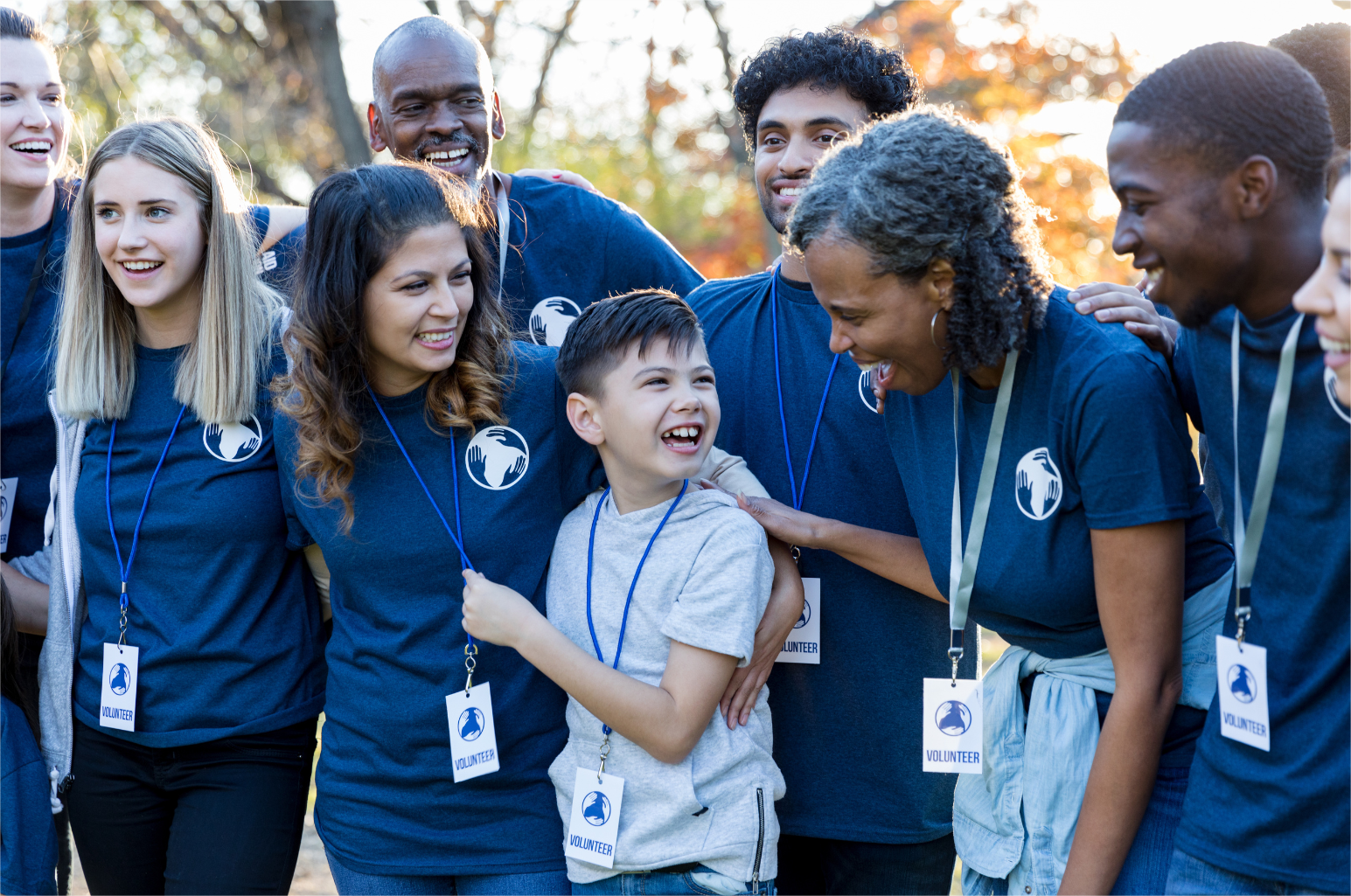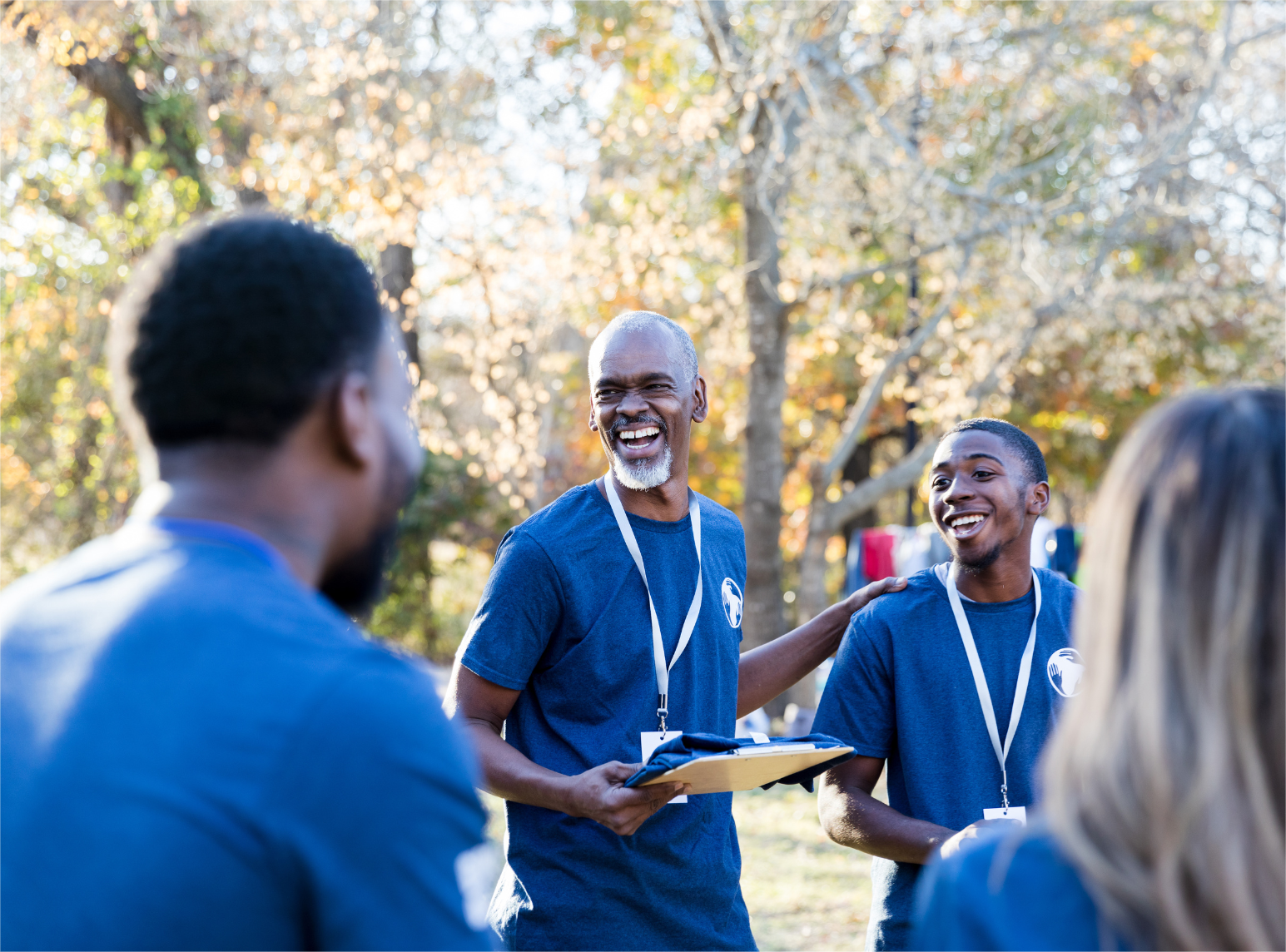Nonprofit fundraising is a big part of a nonprofit's work, and it has to be done well. Donor-centered fundraising has worked for nonprofits for years, and it's a good idea to keep it in your toolbox if you want to raise funds that help people.
However, community-centric fundraising is a new movement that has started to shake up the way nonprofits approach fundraising. This movement is grounded in equity and social justice, and it's starting to make a difference in the way nonprofits engage with their communities and donors.

What Is Community-Centric Fundraising?
Community-centric fundraising is a fundraising model that emphasizes the importance of building relationships and listening to the needs of the community. It differs from traditional fundraising methods, which often prioritize donors and their priorities over those of the community being served.
Focus on Relationships
Community-centric fundraising is a fundraising philosophy that prioritizes relationships over individual donors. This type of fundraising model seeks to build long-term relationships with donors, ensuring that they remain committed to the organization.
The community-centric fundraising philosophy is rooted in the belief that nonprofits have a role to play in making the world a better place. This fundraising philosophy is designed to help nonprofits focus their efforts on bringing about positive change by prioritizing the needs and interests of communities and people over those of any individual donor.
This approach is thought to be more inclusive than the traditional donor-centric fundraising model because it recognizes the importance of a wide range of voices in the organization’s mission and outreach. It also highlights the role that volunteers, board members, and staff can play in creating a more holistic and inclusive organization that will encourage mutual support and benefit everyone involved.
Donors are Partners
Fundraising is an essential part of the nonprofit sector and a valuable way for donors to support organizations that work to transform communities. It also enables nonprofits to cover their overhead costs, which empowers their mission to move forward.
Donor-centric fundraisers believe it is critical to build trust with donors by delivering personalized experiences and fostering loyalty over time. They develop nurture campaigns, email drips, and other tools to help them reach their donors where they are in their donation journey.
Donor-centric fundraising also emphasizes that nonprofits should treat their donors with dignity and respect. They must be able to provide them with information about how their gifts are being used, and they should be encouraged to become more involved in the organization. This can include volunteering, participating in committees, and donating their time to special events or projects.
Invest in Your Community
Community-centric fundraising encourages investors to invest in their communities, which can be an important way to dismantle inequities. However, this can also be a tricky concept for nonprofits to practice, as it means that they have to consider their impact on their community when making decisions about how to spend donations.
In traditional fundraising, a nonprofit's focus is usually on maximizing the value of donor contributions while minimizing their negative impacts. However, community-centric fundraising aims to reverse these negative effects by focusing on the needs of the entire community and dismantling the scarcity mindset that can arise when nonprofits are focused on donors.
In order to be a community-centric fundraiser, a nonprofit must make a commitment to a specific set of issues that it will support and commit to a deep involvement with these causes. This is a great way to ensure that the impact of your philanthropy is both effective and meaningful.
While this may sound daunting, it's not impossible to do. By implementing a few simple changes to your fundraising approach, you can begin to shift your focus from simply trying to maximize donor donations to investing in the communities that you serve and the causes that matter most to you.
Grounded in Equity and Social Justice
Community-centric fundraising is a movement that seeks to change the way nonprofit organizations raise money. It is grounded in social justice and equity, and it prioritizes the entire community over individual organizations. It also fosters a sense of belonging and interdependence.
Unlike the traditional donor-centric approach, which is focused on maximizing donations in the long term, community-centric fundraising aims to increase donors’ understanding of how their contributions can benefit the people they serve. This approach encourages organizations to advocate for policies that would help their communities, even when these changes might cause donors to lose support.
This new model also emphasizes social justice and equity, focusing on issues like racism and poverty. It also requires that nonprofits invest in fundraisers of color and allies, train staff in social justice topics, and encourage donors to think about their own biases.
Nonprofits need to be able to speak to their audiences about these issues and how they might impact their work, but they need to do it in a respectful way. This is important because, if people don’t feel like they’re being heard, they won’t give up.

Key Principles of Community-Centric Fundraising
1. Listen to the Community
One of the key fundraising principles of community-centric fundraising is listening to the community. This means taking the time to understand the community needs and priorities of the community being served and developing fundraising strategies that align with those needs. It involves engaging board members in the fundraising process and using their feedback to shape fundraising campaigns.
Donors in your community often give to a cause because they want to make a difference. This is why it’s crucial to find out what your donors are passionate about and why they support your organization. It’s also crucial to find out what their priorities are so that you can target your fundraising efforts accordingly.
In addition, donors will be more likely to give to a cause if they know that their money is going toward a good cause. This can be accomplished by focusing on your donors’ passions, connecting with them on a personal level, and fostering an emotional connection with the cause.
2. Building Relationships
Another important principle of community-centric fundraising is relationship building. It relies on a network and ecosystem of nonprofits working together, not apart. This means that nonprofits don’t regard each other as competitors but as partners and allies who work toward the same goals. This involves developing long-term partnerships with community members, organizations, and other nonprofits, building trust, and investing in the community beyond just fundraising. It also means prioritizing the perspectives of the community over the perspectives of donors.
In other words, this fundraising approach focuses on building strong relationships with a variety of stakeholders, including nonprofits, businesses, and volunteers. Having strong relationships with these groups can encourage mutual support and help organizations connect with donors more effectively, which makes it easier for them to raise money. This can result in higher donation amounts and increased overall donations for the charity over time.
While community-centric fundraising prioritizes the needs and perspectives of the community being served, it doesn't mean ignoring the needs and perspectives of donors. Instead, organizations should focus on building long-term relationships with donors, based on transparency, trust, and shared values. This involves keeping donors informed about the impact of their contributions, involving them in decision-making about how funds are used, and valuing their perspectives and feedback.
3. Sharing Power
Sharing power is also one of the key fundraising principles. This means giving community members a say in decision-making and allowing them to shape the direction of fundraising campaigns. It involves recognizing the expertise and knowledge that community members have about their own needs and experiences and valuing their contributions to the fundraising process.
It also involves sharing power with the community being served, giving them a say in decision-making, and allowing them to shape the direction of fundraising campaigns. This can involve involving community members in the grant-making process, allowing them to decide how funds are allocated, or involving them in the development of fundraising strategies.
4. Focusing on Social Justice and Equity Issues
Another key aspect of this model is that it focuses on the equity and social justice impacting the communities and causes you work with. It is especially crucial to focus on groups that are underrepresented in the field, such as women and people of color.
These groups are often the first to feel the effects of a new issue, such as a major disaster or climate change. It’s important to take these voices into account when creating cause funds and deciding which nonprofits should be included.
5. Engaging Community Members in the Fundraising Process
Community members can play a critical role in fundraising campaigns, both as donors and as advocates for the organization. Organizations should find ways to involve community members in the fundraising process, such as by soliciting donations from them, asking them to help spread the word about the campaign, or involving them in decision-making about how funds are used.
6. Using Community Feedback to Shape Fundraising Campaigns
Instead of developing fundraising campaigns based on assumptions or internal priorities, organizations should actively seek out community feedback and use it to shape their fundraising strategies. This involves engaging with community members through surveys, focus groups, or other means, and using their input to develop campaigns that align with their needs and priorities.
7. Leveraging online fundraising platform
Leveraging online fundraising platforms can be an effective way to implement community-centric fundraising strategies, as they provide a convenient and accessible way for community members to contribute to fundraising campaigns.
Take *spotfund as an example. It is a powerful tool for community-centric fundraising, providing a user-friendly platform for individuals and organizations to tell their stories, engage with their network, and raise money for the causes they care about.
*spotfund is a totally free online fundraising platform that makes it easy for individuals and organizations to raise money for causes that matter to them. You can start to create a fundraising campaign and share it through social media to reach your community.
Moreover, *spotfund focuses on transparency and engagement. Every time someone donates to a campaign, the user will receive an email notification, which can help them stay connected with their supporters and build relationships with their donors.

Learn more
Check to learn more about how *spotfund help you fundraise for your non-profits.
Create a campaign via *spotfund and raise money for your community!

